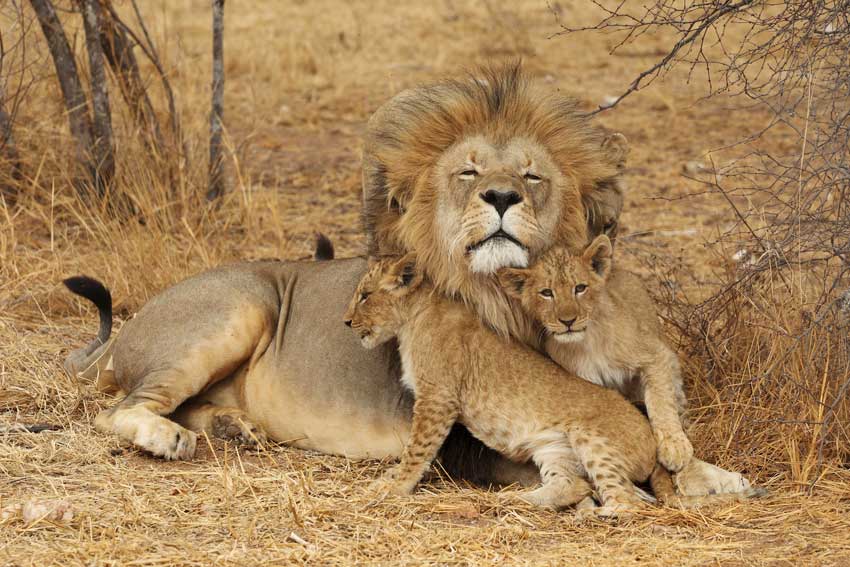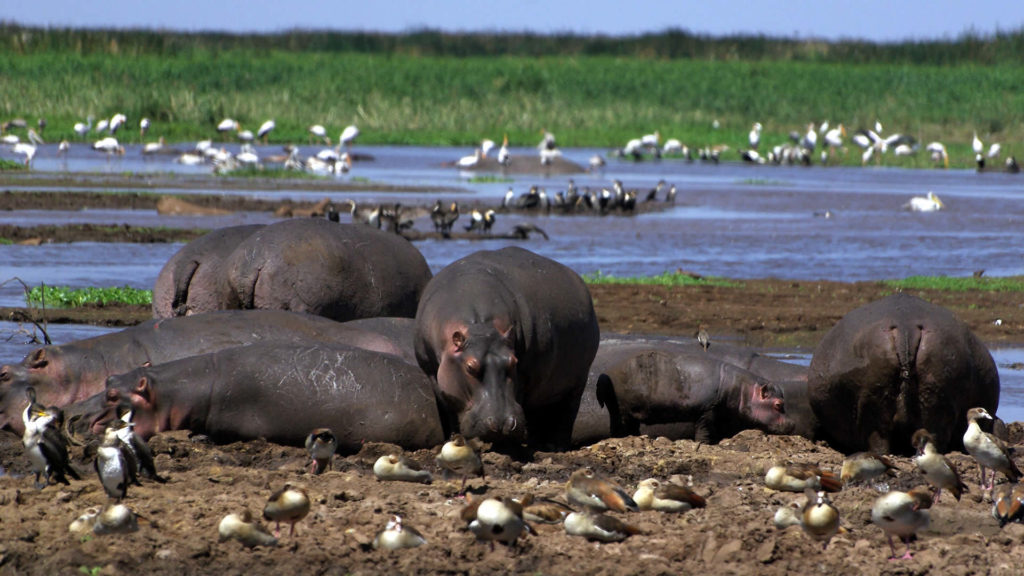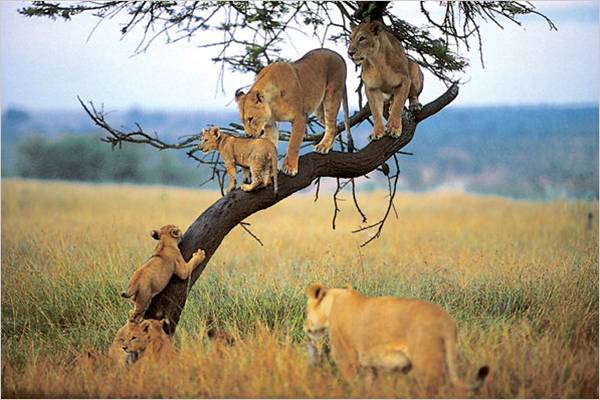Lake Manyara National Park
Lake Manyara National Park is located beneath the cliffs of the Manyara Escarpment, on the edge of the Rift Valley, Lake Manyara National Park offers varied ecosystems, incredible bird life, and breathtaking views. Located on the way to Ngorongoro Crater and the Serengeti, Lake Manyara National Park is worth a stop in its own right. Its ground water forests, bush plains, baobab strewn cliffs, and algae-streaked hot springs offer incredible ecological variety in a small area, rich in wildlife and incredible numbers of birds.
The alkaline soda of Lake Manyara is home to an incredible array of bird life that thrives on its brackish waters. Pink flamingo stoop and graze by the thousands colourful specks against the grey minerals of the lake shore. Yellow-billed storks swoop and corkscrew on thermal winds rising up from the escarpment, and herons flap their wings against the sun-drenched sky. Even reluctant bird-watchers will find something to watch and marvel at within the national park.
Lake Manyara National Park is one of Tanzania’s smaller parks and, although many Tanzania safari itineraries skip it, we highly recommend you make the detour. The dramatic western escarpment of the Rift Valley forms the park’s western border. To the east is the alkaline Lake Manyara, which covers one-third of the park, but shrinks considerably in the dry season. During the rains, the lake hosts millions of flamingos and other birdlife.
While Manyara lacks the raw drama of other northern circuit destinations, its vegetation is diverse, ranging from savannah to marshes to evergreen forest (11 different ecosystems in all) and it supports one of the highest biomass densities of large mammals in the world. Elephants, hippos, zebras, giraffes, buffaloes and wildebeest are often spotted. Leopards and hyenas are also here. Lake Manyara is also home to a famous population of tree-climbing lions.
Lake Manyara’s famous tree-climbing lions are another reason to pay a visit to this park. The only kind of their species in the world, they make the ancient mahogany and elegant acacias their home during the rainy season, and are a well-known but rather rare feature of the northern park. In addition to the lions, the national park is also home to the largest concentration of baboons anywhere in the world — a fact that accounts for interesting game viewing of large families of the primates.
Getting there
By road, charter or scheduled flight from Arusha, en route to Serengeti and Ngorongoro Crater.
What to do
Game drives, night game drives, canoeing when the water levels is sufficiently high.
Cultural tours, picnics, bush lunch/dinner, mountain bike tours, abseiling and forest walks on the escarpment outside the park.
Accommodation
One luxury treehouse-style camp, public bandas and campsites inside the park.
One luxury tented camp and three lodges perched on the Rift Wall outside the park overlooking the lake.
Several guesthouses and campsites in nearby Mto wa Mbu.
Gallery






